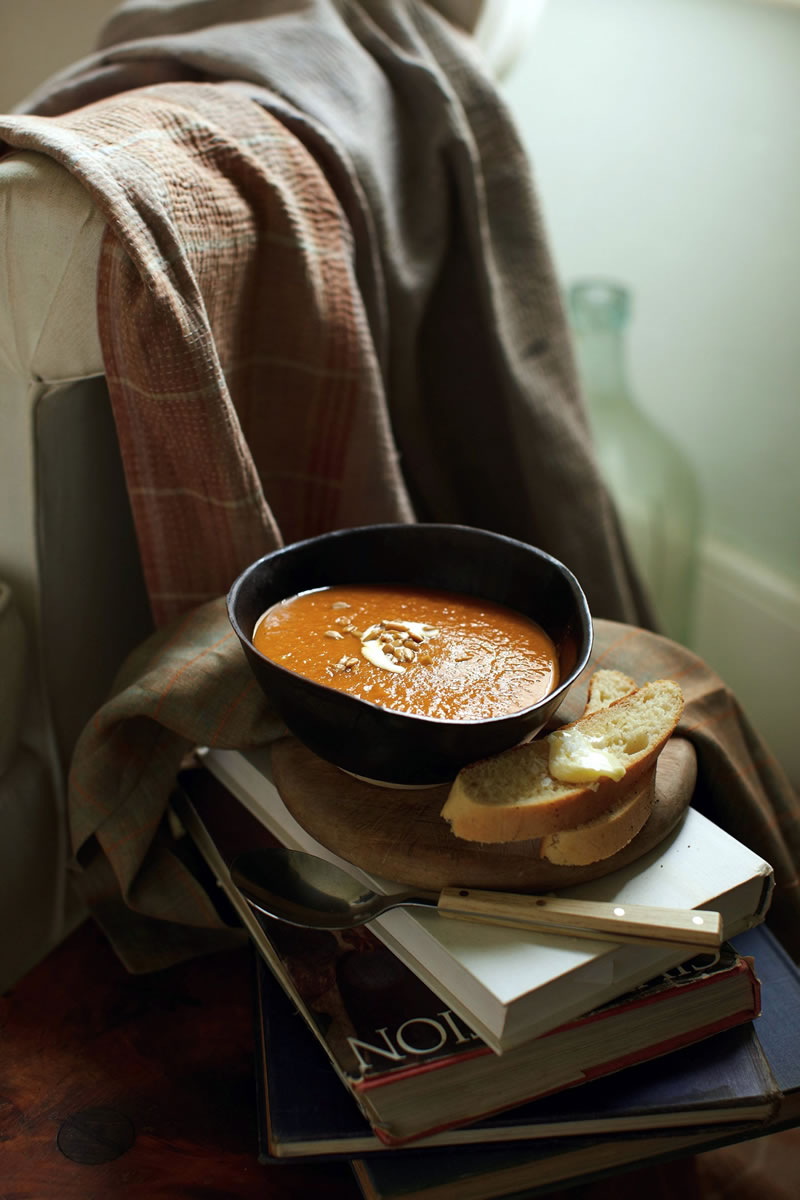For a simple, satisfying meal, consider making your own soup and bread.
Just to be clear, there is nothing wrong with chicken noodle soup. Or cream of tomato.
I love them both.
But there’s so much more to sip from your spoon on a chilly day — think ginger-carrot soup, Dutch cheese soup or a root-vegetable chowder. And there’s no one better to teach us how to make it than Beatrice Ojakangas of Duluth, Minn.
She does just that in “The Soup & Bread Cookbook” (Rodale, 308 pages, $23.99), her 29th volume, in which she tackles a subject that may be closer to her core than the Scandinavian baking books for which she is known.
She praises the simplicity of that most basic meal — bread and soup — which can be found in one form or another in kitchens around the world. It’s the meal I most associate with her, one that is thrifty, filling and unfussy — one so seasonal you can use it as a calendar of sorts.



